Research Highlights
Research Highlights
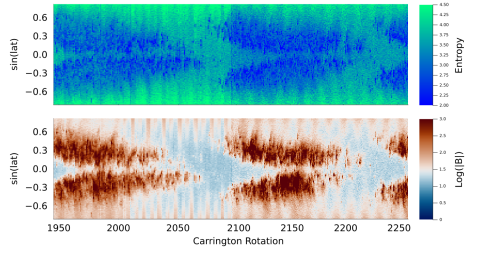
Analyzing longitude distribution of photospheric magnetic fields from MDI/HMI synoptic maps by using information theory
Breno Raphaldini, Mausumi Dikpati, and Scott W. McIntosh discuss how the longitudinal complexity plays a fundamental role in the solar magnetic activity. Rossby waves have recently been proposed as a fundamental mechanism regarding the non-asymmetric of the solar magnetic fields. They use HMI and MDI magnetic field synoptic maps to evaluate the magnetic field structures (mainly active regions) organization and propagation as a function of time and latitude.
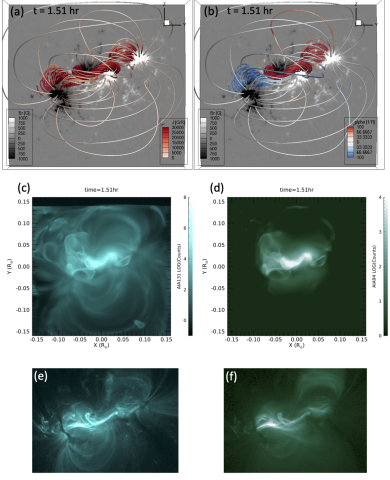
Recent Progress on Understanding Coronal Mass Ejection / Flare Onset by a NASA Living with a Star Focused Science Team
Yuhong Fan, et al. present a report of recent progress on the topic of understanding solar coronal mass ejection (CME) onset from both modeling and observational viewpoints, as carried out from 2019 to the present by the NASA Living with a Star Focused Science Topic team on “Understanding the Onset of Major Solar Eruptions.” They summarize the ideas from six American research groups regarding ongoing and upcoming challenges to the questions of how, when, and why coronal mass ejections erupt from the sun.
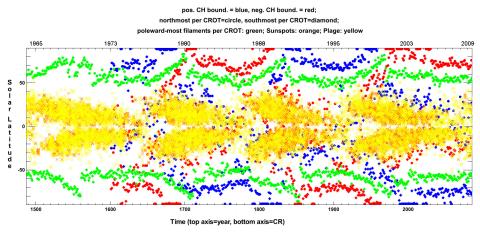
Comparative Solar Minima Using the McIntosh Archive
I. M. Hewins, S. E. Gibson, D. F. Webb, R. H. McFadden, T. A. Kuchar, B. A. Emery present the full Archive for the first time, as well as a supplement set of related maps created for the 2019-2020 solar minimum. They use a study of cross-calibrated EUV and He-I 10830 \AA\ coronal holes to better understand the connection between the nature of coronal holes during the WHPI solar minimum and the earlier minima in the main Archive.
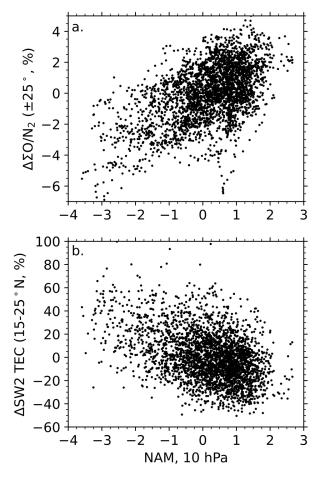
Influence of Stratosphere Polar Vortex Variability on the Mesosphere, Thermosphere, and Ionosphere
Nick Pedatella used WACCM-X to investigate the influence of stratosphere polar vortex variability on the mesosphere, thermosphere, and ionosphere during Northern Hemisphere winter. Based on 40 simulated Northern Hemisphere winters, the mesosphere and lower thermosphere (MLT) residual circulation is found to depend on whether the stratosphere polar vortex is strong or weak.

Hybrid data-driven magnetofrictional and magnetohydrodynamic simulations of an eruptive solar active region
Andrey N. Afanasyev, Yuhong Fan, Maria D. Kazachenko, and Mark C.M. Cheung present first results of the hybrid data–driven magnetofrictional (MF) and data–constrained magnetohydrodynamic (MHD) simulations of solar active region NOAA 11158, which produced an X-class flare and coronal mass ejection on 2011 February 15. We conclude that the combination of the data–driven MF and data–constrained MHD simulations is a useful practical tool for understanding the 3D magnetic structures of real solar ARs that are unobservable otherwise.
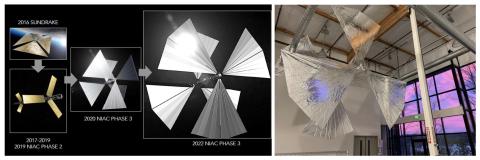
Science opportunities with solar sailing smallsats
Sarah Gibson, et al. witnessed how the synergy of small satellite technology and solar sailing propulsion enables new missions. Together, small satellites with lightweight instruments and solar sails offer affordable access to deep regions of the solar system, also making it possible to realize hard-to-reach trajectories that are not constrained to the ecliptic plane.
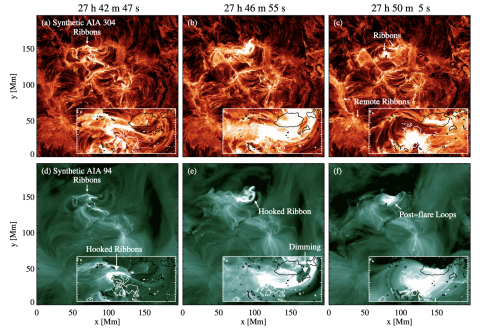
Eruption of a Magnetic Flux Rope in a Comprehensive Radiative Magnetohydrodynamic Simulation of flare-productive active regions
Feng Chen, Matthias Rempel, and Yuhong Fan present a radiative magnetohydrodynamic simulation that includes sufficiently realistic physics to allow for the synthesis of remote sensing observables that can be quantitatively compared with observations. The model helps to shed light on questions of where and when the a flux rope may form and how the magnetic structures in an eruption are related to observable emission properties.
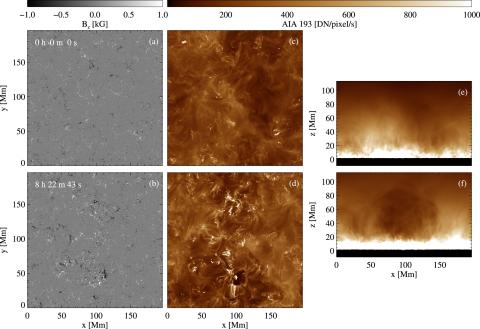
A Comprehensive Radiative Magnetohydrodynamics Simulation of Active Region Scale Flux Emergence from the Convection Zone to the Corona
Feng Chen, Matthias Rempel, and Yuhong Fan present a comprehensive radiative magnetohydrodynamic simulation of the quiet Sun and large solar active regions. This study provides a comprehensive view of the active region corona, such as coronal loops of various lengths and temperatures, mass circulation by evaporation and condensation, and eruptions from jets to large-scale mass ejections.
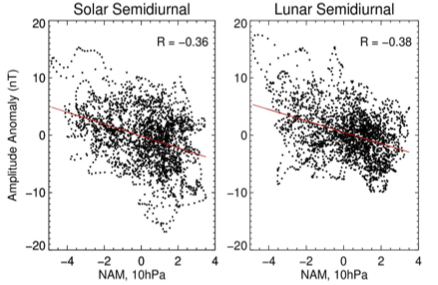
Impact of strong and weak stratospheric polar vortices on geomagnetic solar and lunar tides
N. M. Pedatella, et al. investigate the impact of strong and weak stratospheric polar vortices on geomagnetic semidiurnal solar and lunar tides during Northern Hemisphere (NH) winters using ground-based magnetic field observations at the Huancayo (-12.05° N, 284.67° E; magnetic latitude: -0.6° N) equatorial observatory.